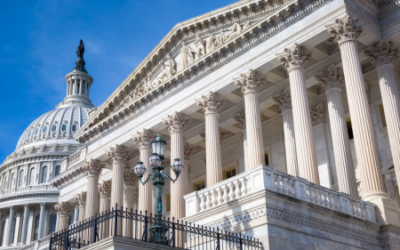Public transportation needs are great in the U.S. but the good news is that elected officials, taxpayers and the public at large obviously want to address the needs. Throughout the country, there is proof that citizens want to see public transportation needs addressed quickly.
New York Gov. Andrew Cuomo recently declared a state of emergency in response to a New York City subway crisis. The transit system needs more than $800 million for emergency repairs and billions more for long-term maintenance and upgrades. The governor pledged $1 billion for immediate improvements.
 Although the Metropolitan Transportation Authority is the nation’s largest public transit authority, its problems are not unique. Many other subway systems face very similar challenges because of aging infrastructure. Although there are scant dollars to address public transportation needs, the problems are so grave they cannot be ignored. The longer the wait to address these critical needs, the more the problems will escalate. Population growth and citizen demand for more mobility options are obvious.
Although the Metropolitan Transportation Authority is the nation’s largest public transit authority, its problems are not unique. Many other subway systems face very similar challenges because of aging infrastructure. Although there are scant dollars to address public transportation needs, the problems are so grave they cannot be ignored. The longer the wait to address these critical needs, the more the problems will escalate. Population growth and citizen demand for more mobility options are obvious.
San Antonio is a prime example of what can happen when transit issues become extremely problematic. Approximately 335,000 residents in the city need access to public transportation, yet transit service is limited because of funding. The city’s transit authority (VIA) is currently studying options for rapid transit in the city. The needs are great but, while other major Texas cities such as Austin, Houston and Dallas get revenues from a one-cent sales tax, San Antonio receives sales tax revenues of only one-half cent. The lack of funding significantly limits options for city leaders.
The Federal Transit Administration (FTA) has announced plans to help public transit systems such as San Antonio’s attract private investment. The plan is to allow city officials to identify any of the federal agency’s regulations, procedures or practices that are a deterrent to private-sector investment or public-private partnerships (P3/PPP). Cities will be able to apply for waivers and hopefully make their projects more attractive to investors. Currently, investor interest often wanes because of regulatory delays.
Transit systems are employing a number of other measures to defray costs. New York officials are asking private- sector partners to get involved in an adopt-a-station program. There is even discussion about offering naming rights in exchange for monetary support.
At the polls last November, a record $200 billion in transit bond spending was approved by voters throughout the U.S. Los Angeles County voters approved a $120 billion bond package that included funding for numerous transit projects.
Voters in Seattle approved a huge bond package that included 120 additional miles of light rail, new bus rapid transit lines, an expansion of commuter rail and express bus service. Columbus, Ohio voters approved transit projects totaling $2.5 billion.
The American Public Transportation Association reports that 50,000 jobs are created for every $1 billion invested in public transportation projects. That data, coupled with the projected transit spending, indicates that job growth will be good and contracting firms will have an abundance of opportunities in the very near future.
Since 1995, SPI’s procurement consulting services have helped companies of all sizes effectively navigate the various jurisdictions of government procurement. Contact them today to learn how they can help grow your business.






